
Brazilian journalist Vanessa de Macedo Higgins Joyce focused on Argentina, Brazil and Colombia and found ways in which digital news media can build consensus in polarized societies.

Projor’s new program assesses news sites based on 11 quality indicators, including author information, correction policies and funding transparency.

After publication of a G1 investigation, federal police arrested 36 candidates for municipal elections who were wanted by Brazilian courts.

Chair throwing and a punch spark discussion on journalists’ responsibility to rein in candidates who resort to physical and verbal violence in political debates.
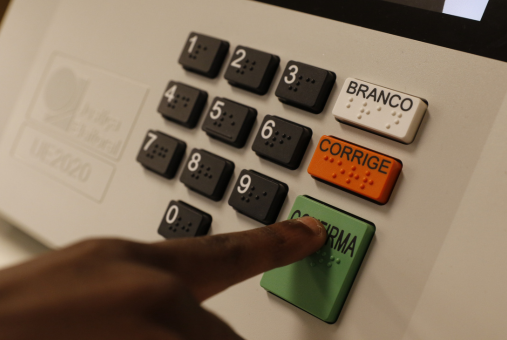
A recent survey found that 35% of Brazilians believe there was fraud in the 2022 elections. Journalists tell how they provide critical coverage of the electronic voting machine, the target of misinformation campaigns.
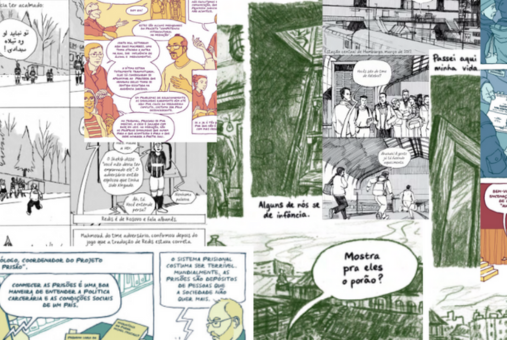
A newly published manual from Brazilian researcher and journalist Augusto Paim outlines the steps to producing comics journalism, offering guidance from story definition to investigation, scripting, and editing.
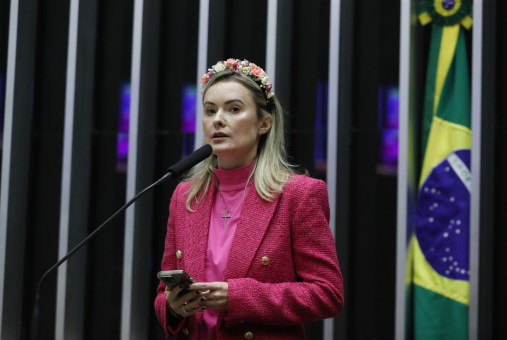
Brazilian political and business leaders are opening flurries of lawsuits against multiple journalists all at once, with the effect of inhibiting future critical coverage.
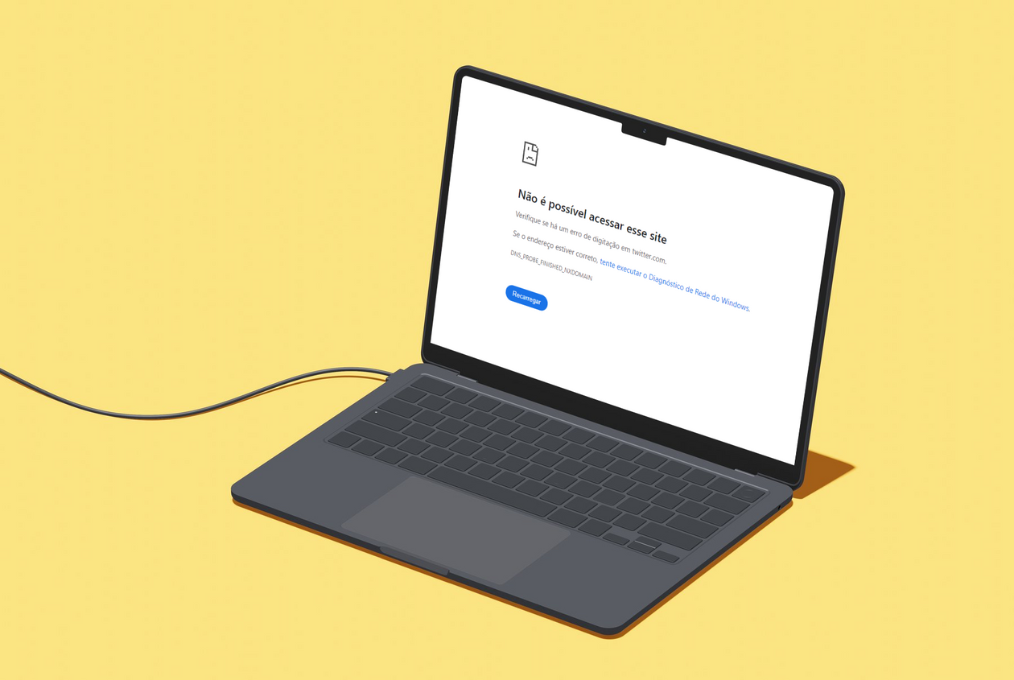
We talked to some of Brazil’s top journalists about the ban on X. Many are relieved, but one reports: “There's a gap in coverage that I don't know how to fill.”
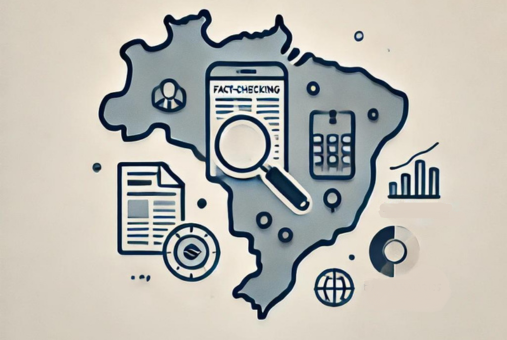
As Brazil gears up for municipal elections, independent media are introducing new initiatives to make political information more accessible and reliable, ranging from monitoring WhatsApp and Telegram to aggregating official data.

People from 21 countries played a game to identify whether information was true or false. Researchers say Colombians and Brazilians had the hardest time telling when it wasn't true.

Women have fought gender stereotypes and secured a place in announcing soccer games on Brazilian television in the past six years. On social media, however, misogynistic and aggressive campaigns against them still persist.
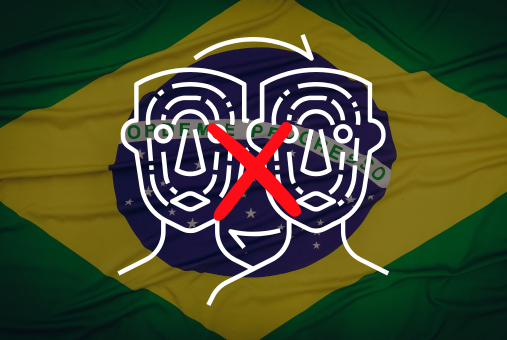
Deepfakes are the tool of the moment for spreading electoral disinformation. Regulation attempts to prevent candidates from using them, but content monitoring is limited. Therefore, collaboration between the public and journalists is essential to identify disinformation that targets candidates in Brazil's municipal elections.